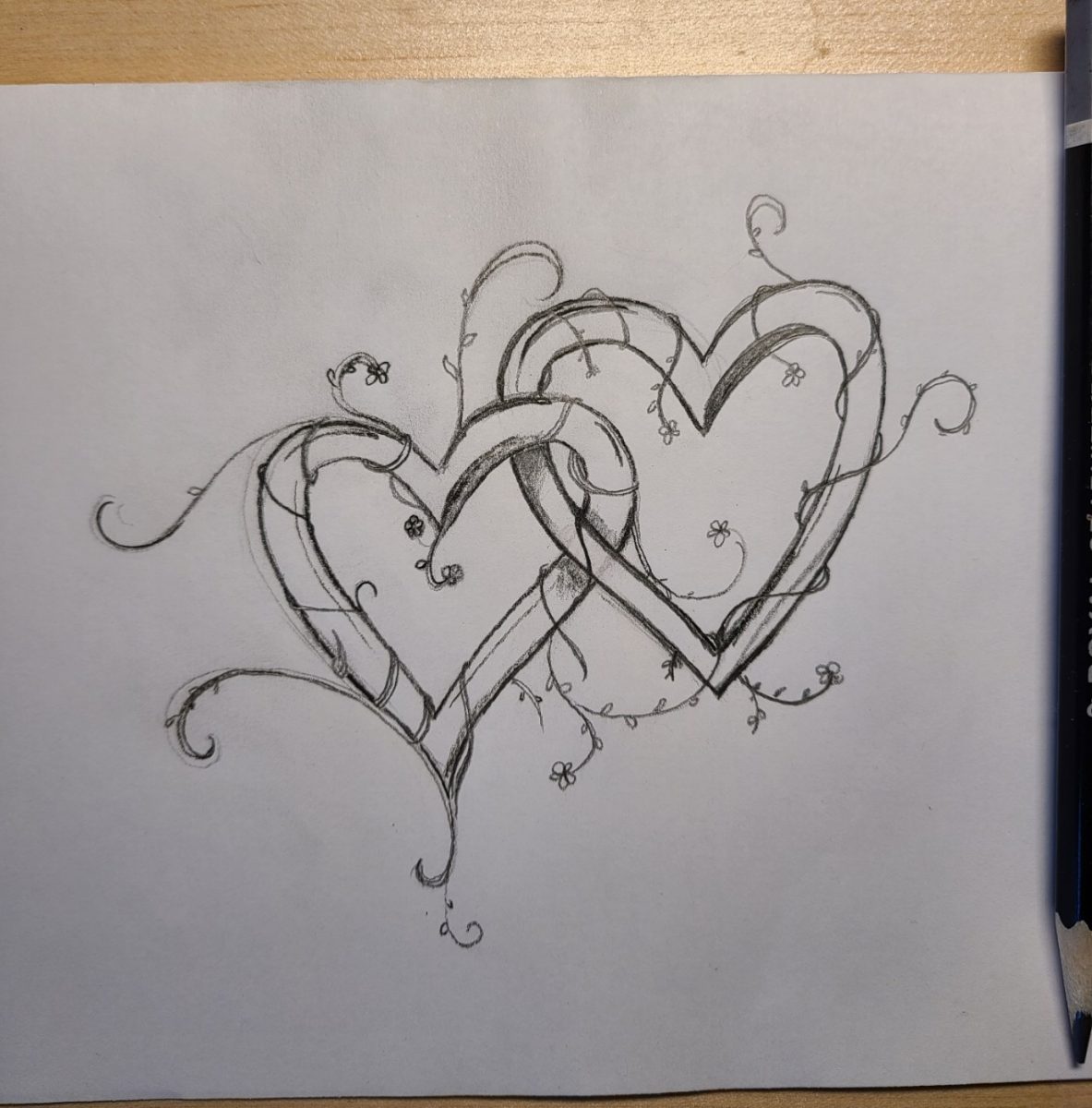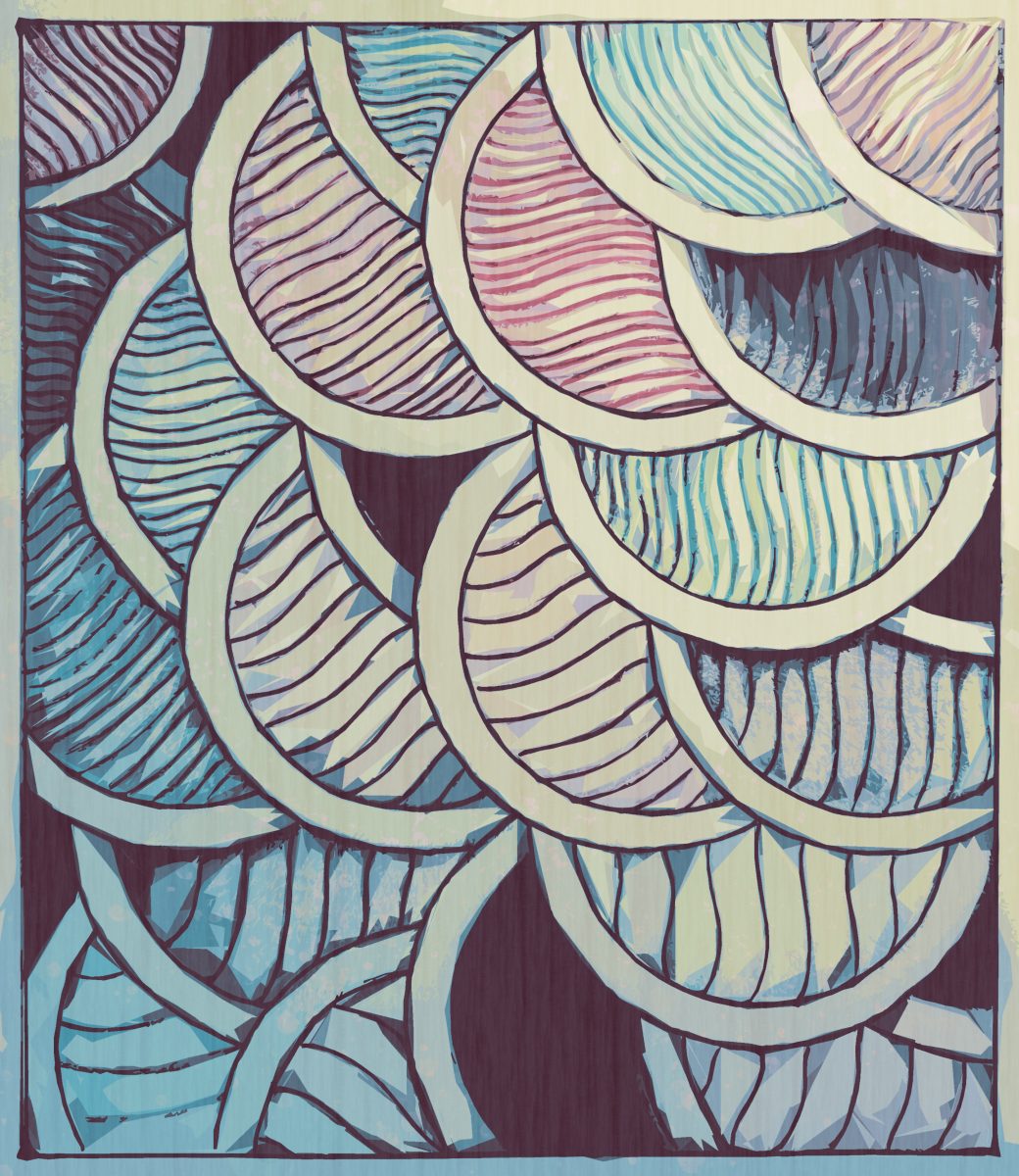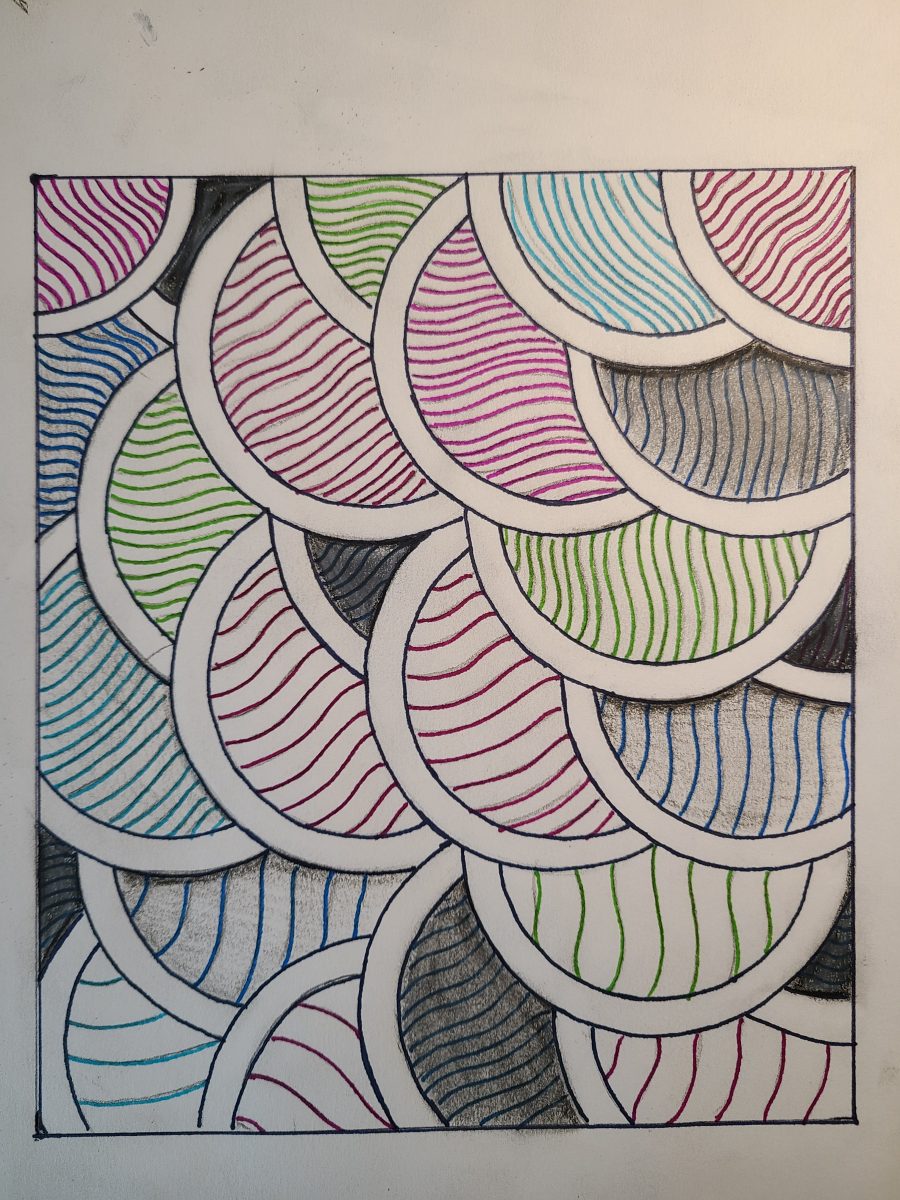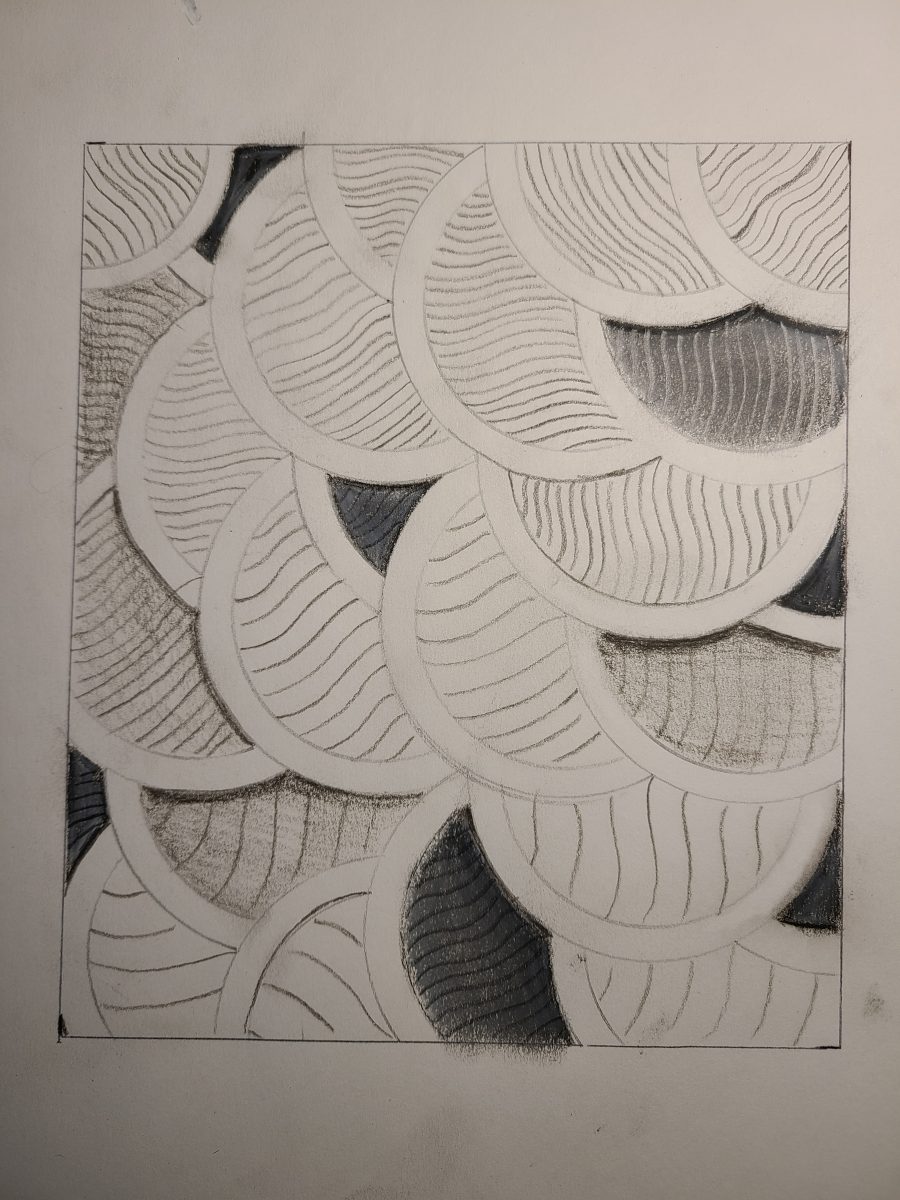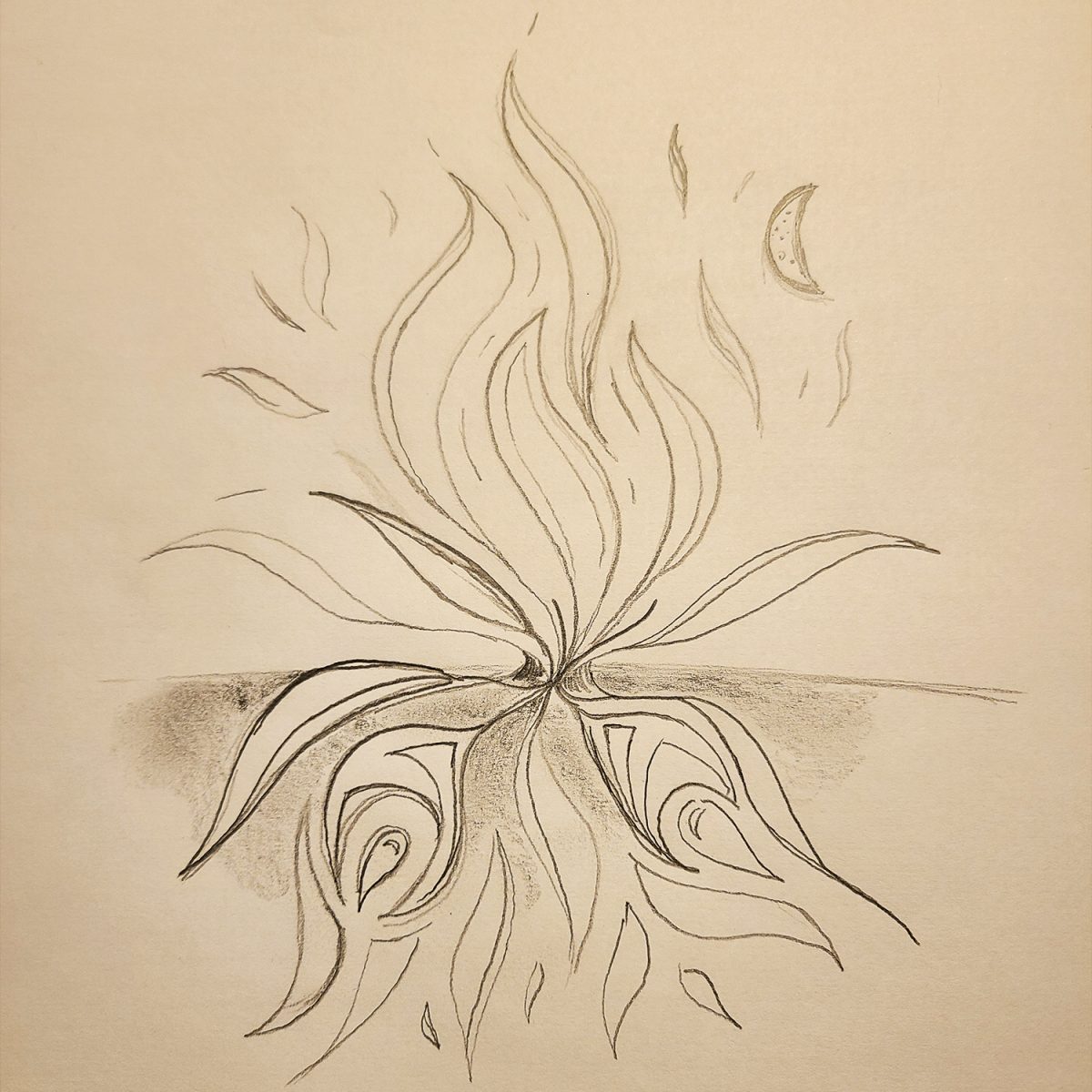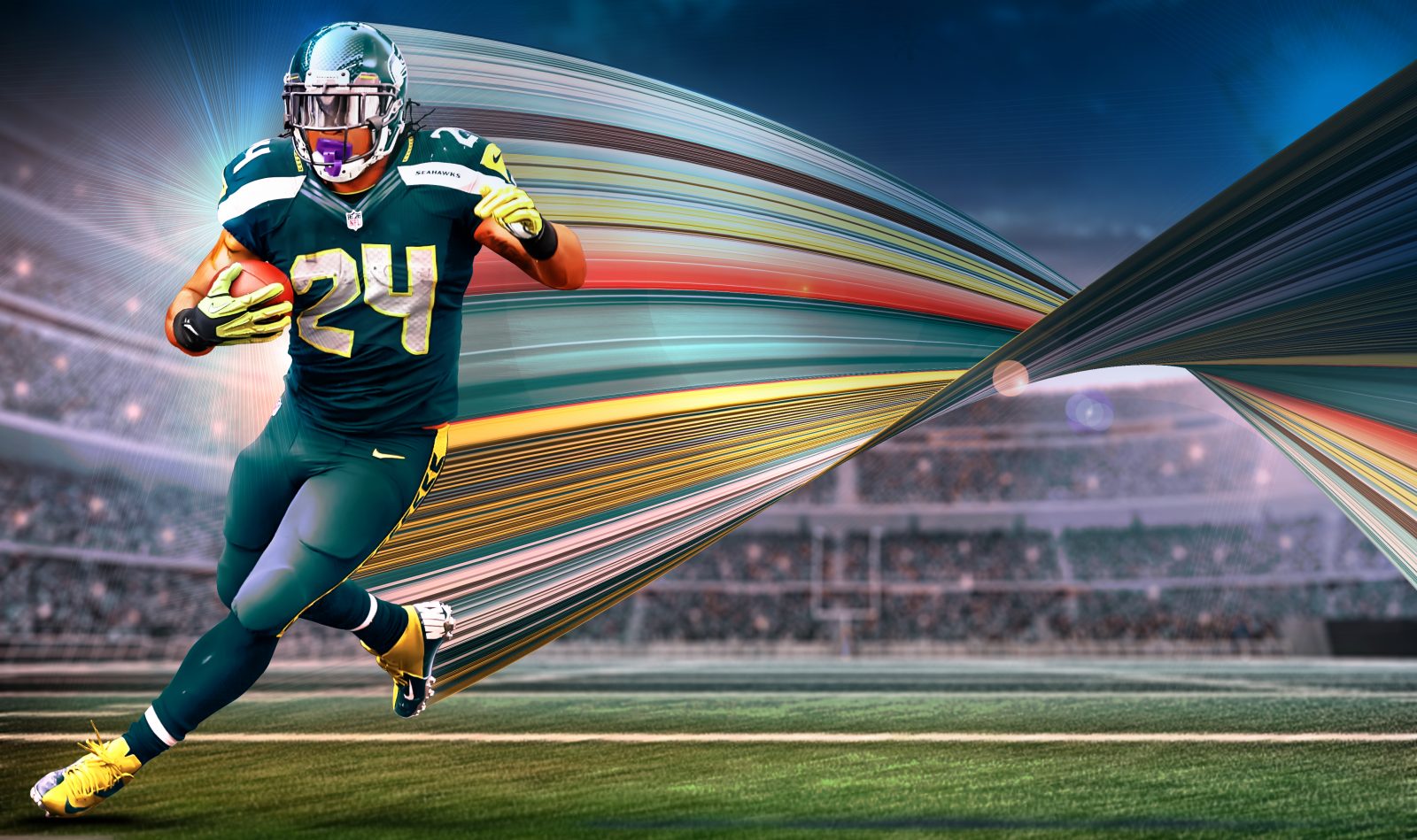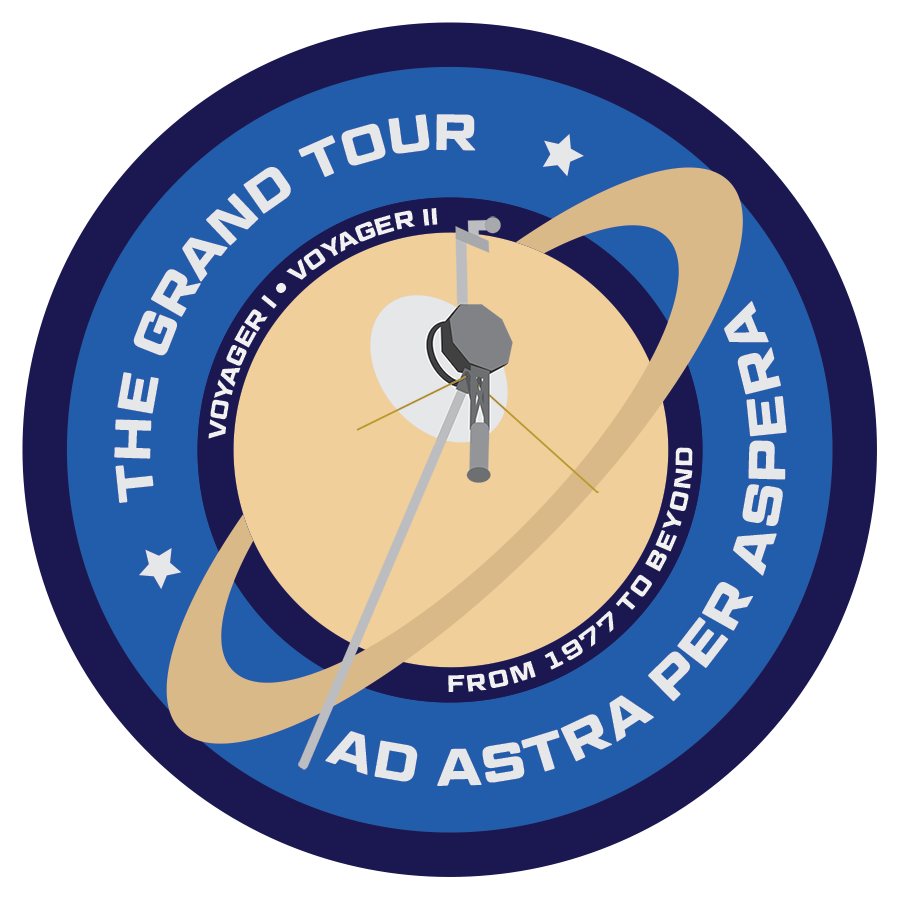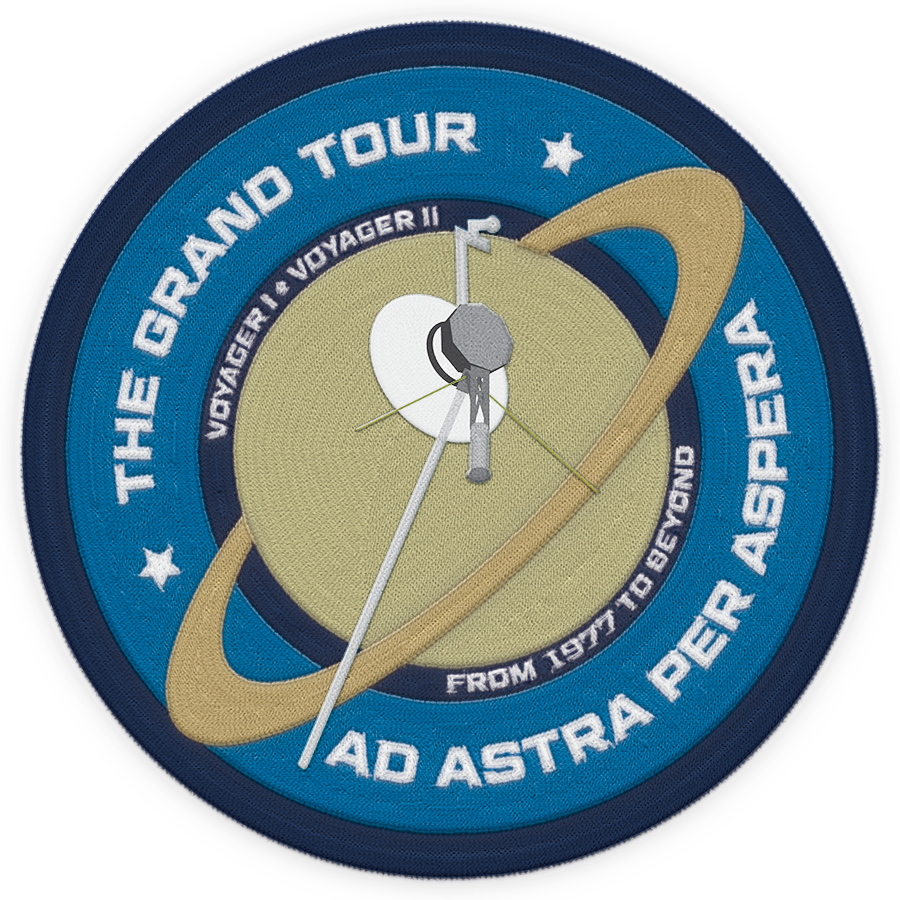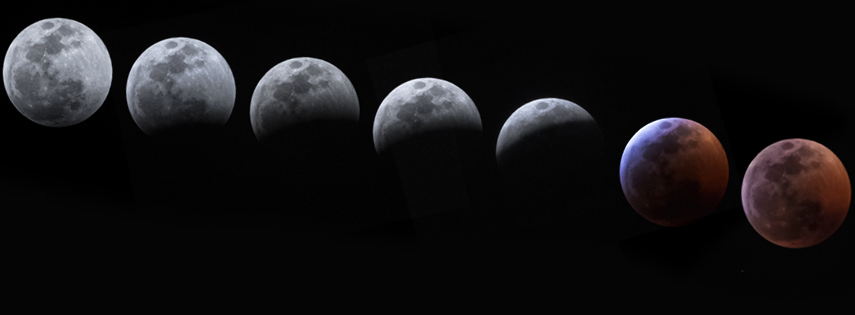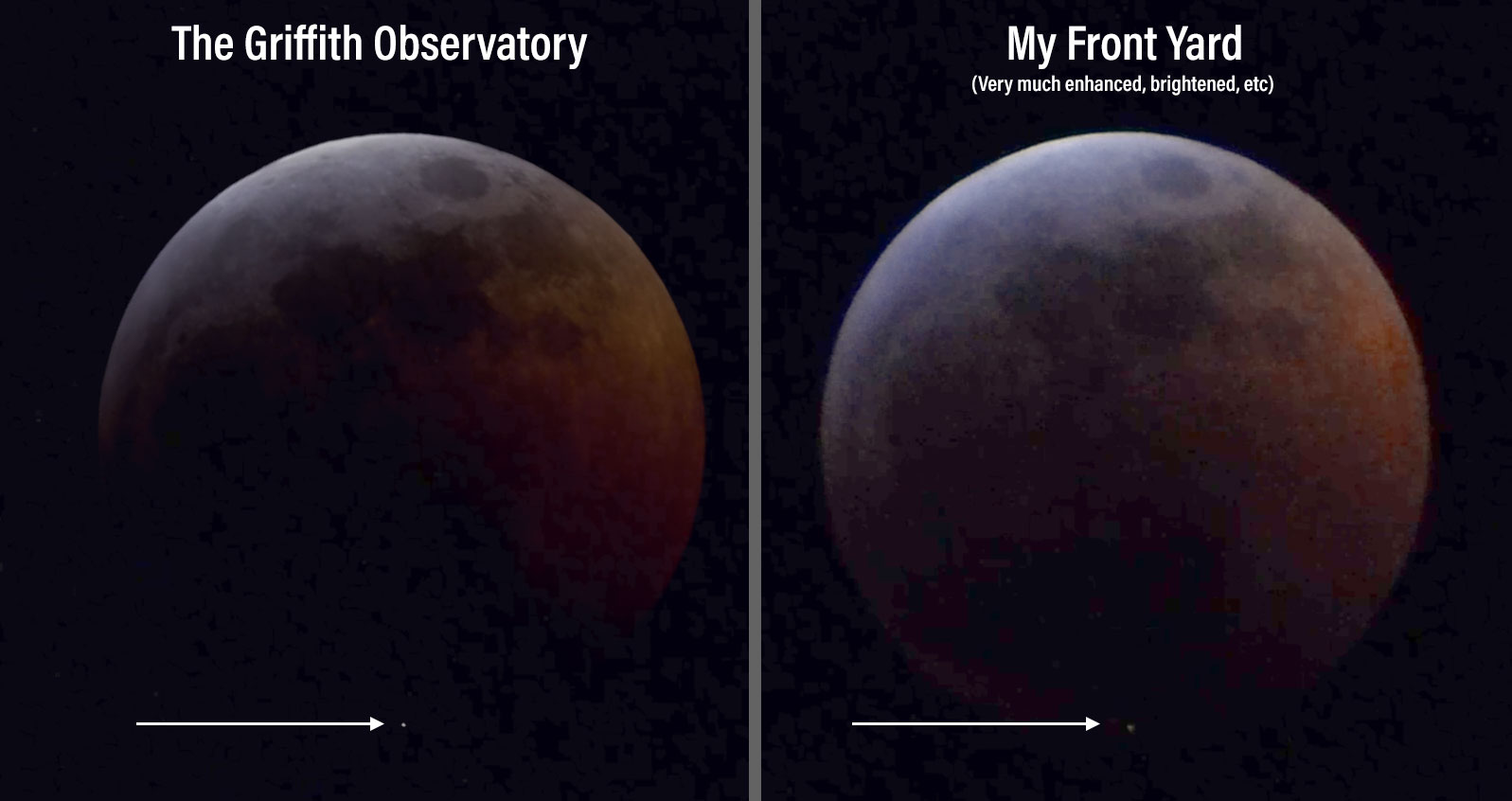Forward in Reverse
I’ve taken to drawing/sketching on an almost daily basis. It’s something I feel let’s me get back to my roots; wanting to be an artist or some sort. This sketch is somewhat symbolic of how life seems to feel for me right now. Keep in mind, I asked three different people what they thought and I got different answers. Depending on your current state of mind, it can be optimistic, pessimistic or c’est la vie in nature.
I think that’s what I love about art. Just like a song can have multiple meanings to whomever is listening. A painting, drawing, sculpture or anything else can mean that one thing to that one person. Enough philosophical procrastination. On with the art!
You’ll see the original pencil, colored pencil, digitally colored and then colored and made to have a painted effect in Photoshop. Hope you enjoy.
